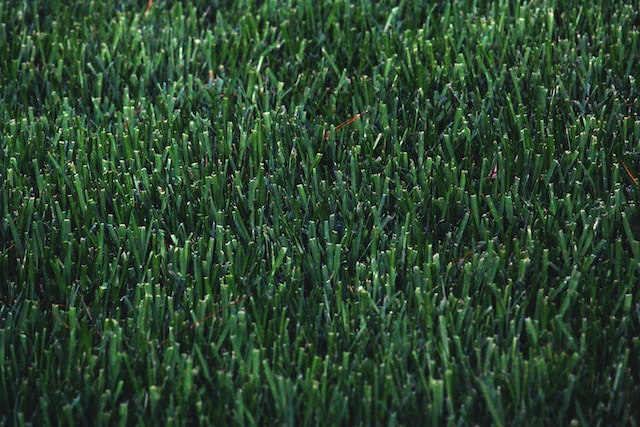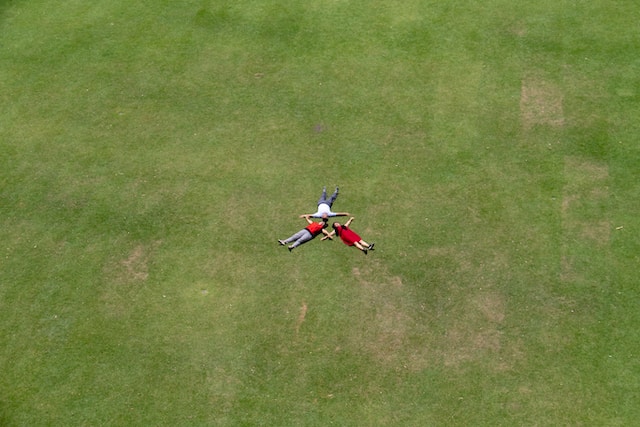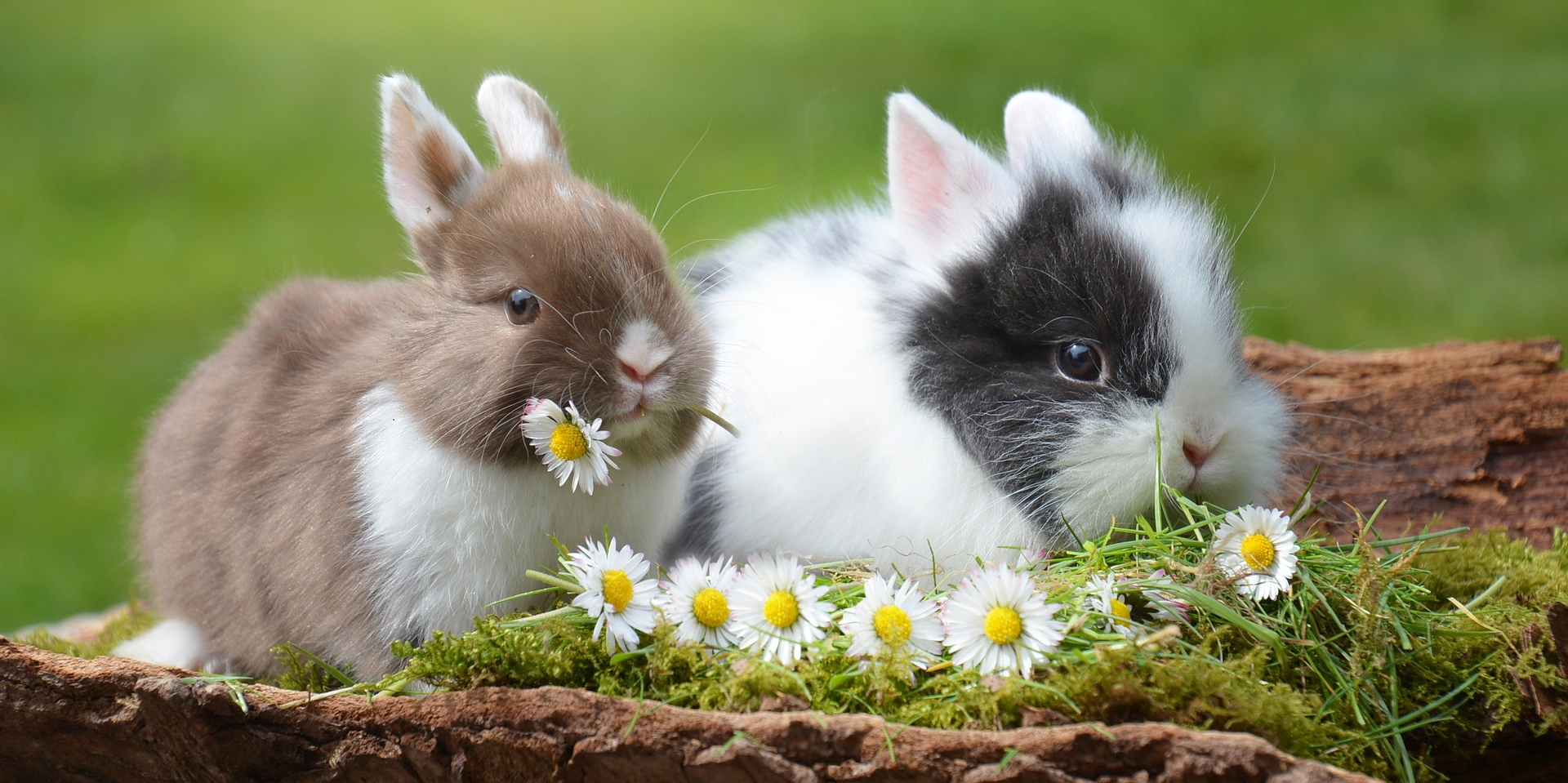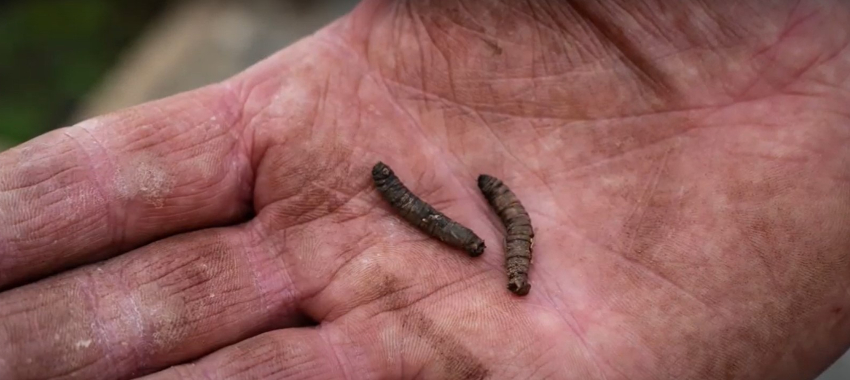
If you suspect leatherjackets in your lawn, it's important to take immediate action before they cause more damage to your luscious grass!
Leatherjackets are the larvae of the cranefly. They will never harm humans, but they can harm your lawn. In the UK, we have over 300 species of cranefly.
The leatherjacket larvae are ravenous creatures, and they're happy to munch through anything in their path (especially your nice lawn!).
More...

Scalping can occur when you mow your lawn too short. This can often happen by accident, but it's important to know what to do when you've scalped your lawn so you can get it looking fresh and new in no time.
More...

Spring is one of the most important times of year for lawn care; following the damp and bleak conditions of winter, everything is blooming and blossoming once again! Whilst spring can be a prosperous time of year, its also important to keep a keen eye out to ensure that the unfavourable winter conditions haven’t left any lasting damage to your lawn.
Properly caring for your lawn during April (and the other spring months for that matter) is very important. If you don’t set your lawn up for success during the spring, it will struggle to thrive through the other seasons, and potentially be more vulnerable to harmful conditions such as fungus infections and pests.
More...

A leatherjacket infestation can wreak havoc on your lawn and leave it looking tired, worn, and patchy. If you’ve recently been a victim of a leatherjacket infestation, good news – your lawn can be saved!
What are leatherjackets?
Leatherjackets are the grubs of European crane flies (also commonly known as daddy-long-legs). In the late summer craneflies lay their eggs in the ground, and the maggots that hatch are what’s known as leatherjackets.
Leatherjacket grubs eat the grass stems and roots just below the surface of the lawn where they nest, until the summer rolls back around and they emerge as craneflies.
More...